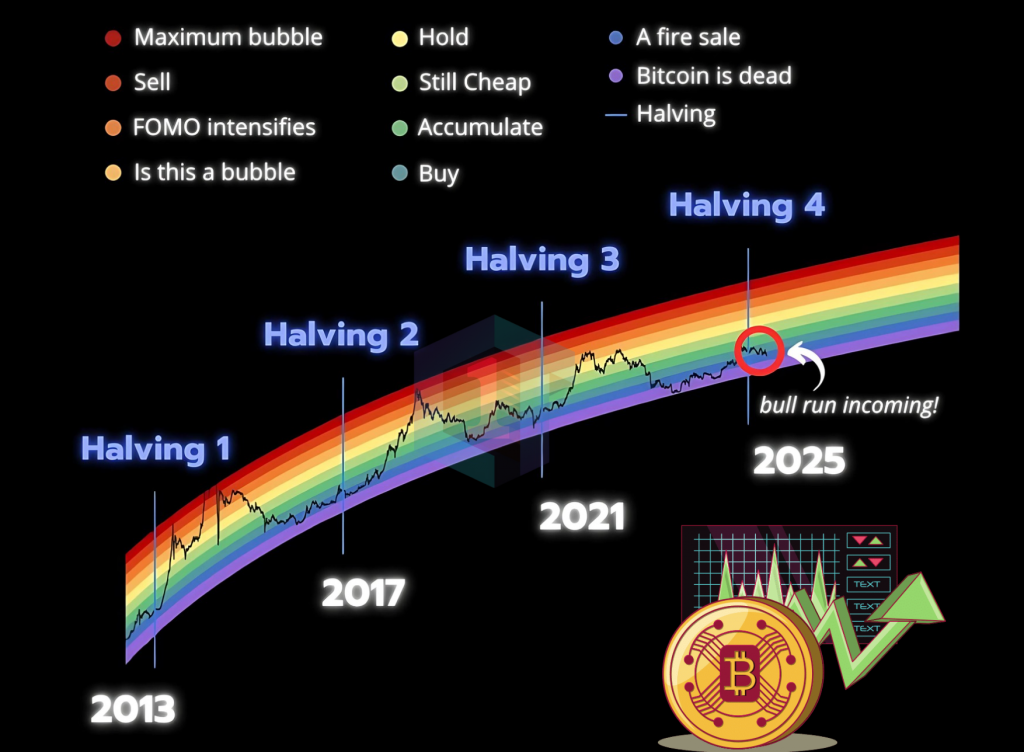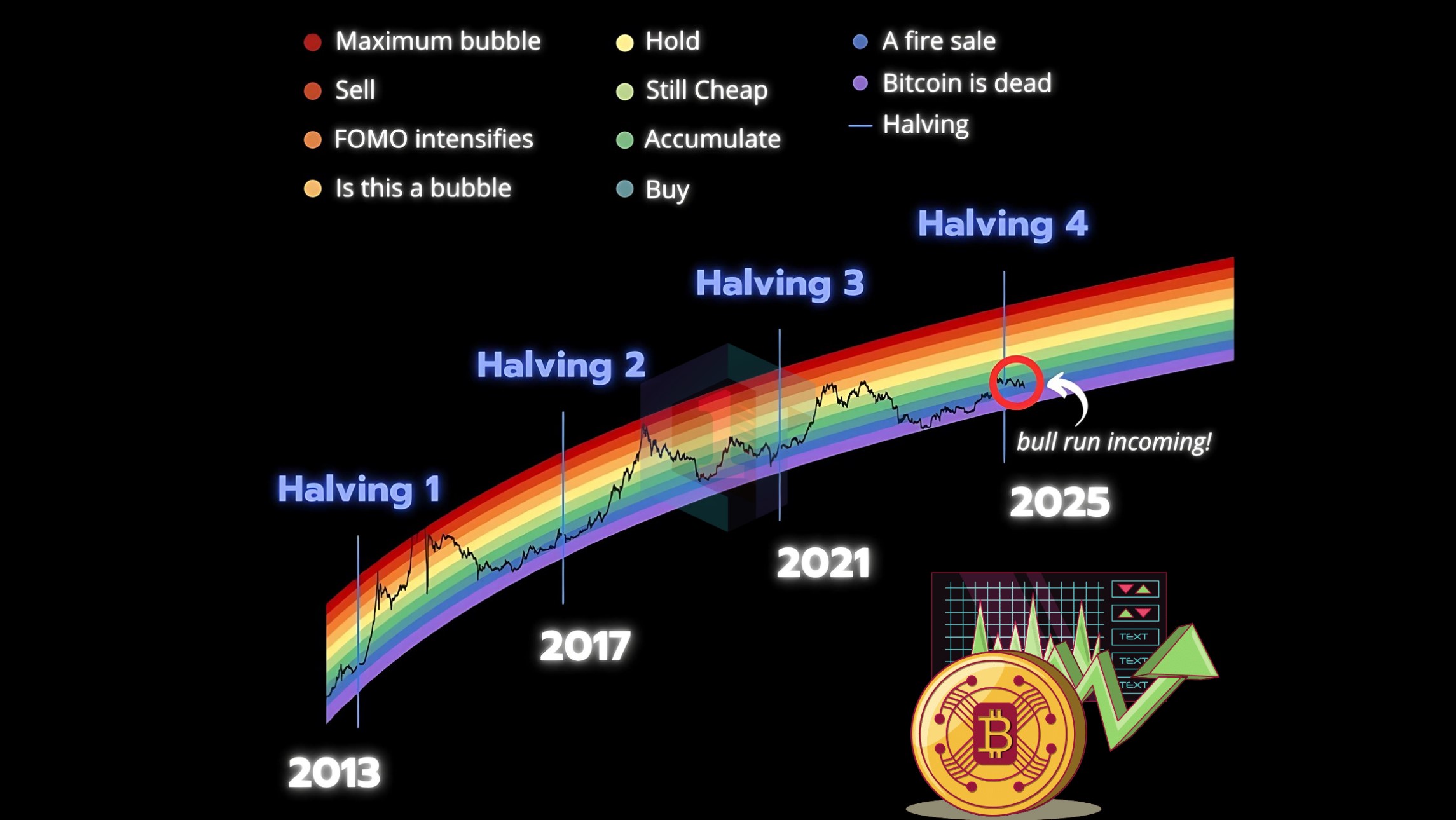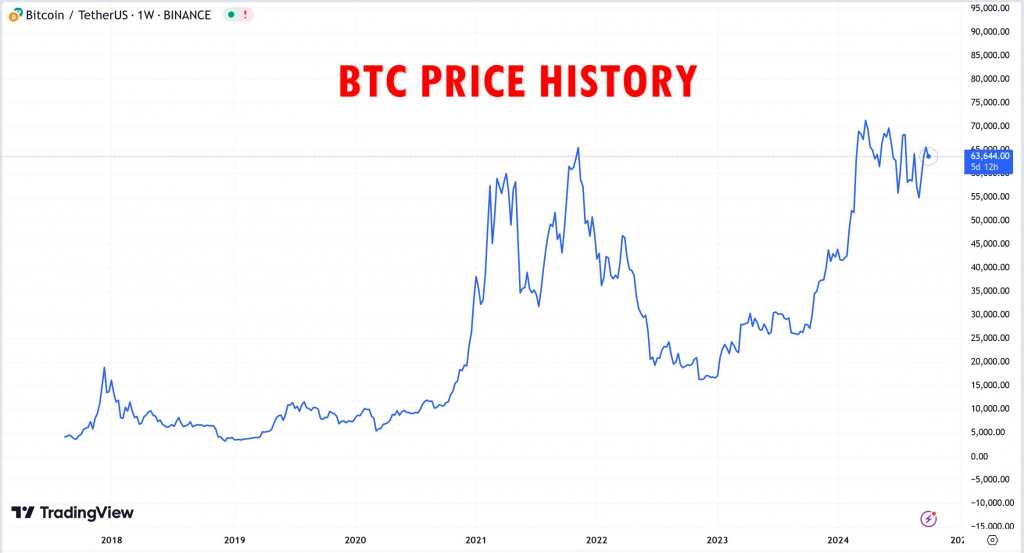Bitcoin has been a foundational player in the world of cryptocurrencies, leading the way as the major digital currency since its inception. Throughout its history, Bitcoin has been at the center of several speculative bubbles, notably during the crashes of 2011, 2013, 2017, and 2021. During these boom-and-bust cycles, Bitcoin’s price fluctuated significantly, reflecting the volatile nature of both the cryptocurrency market and the broader global economy.
In its early years, Bitcoin was relatively obscure, and its value often remained in the single digits, only occasionally breaking into double digits. It wasn’t until November 2013 that Bitcoin surged past the $1,000 mark for the first time, reaching a peak of $1,127.45 on November 30, 2013. Despite this milestone, Bitcoin struggled to maintain its momentum and fluctuated in the three-digit range during the first half of 2014. By January 2015, Bitcoin had fallen to a low of $172.15.
The period from 2015 to 2017 saw a gradual recovery for Bitcoin, as it rose back into the high three-digit range. Bitcoin crossed the $1,000 threshold for the second time in February 2017, reaching $1,008.4. This marked the beginning of a major rally. Throughout 2017, Bitcoin experienced unprecedented growth, driven by growing mainstream adoption and increasing interest from both retail and institutional investors. By December 12, 2017, Bitcoin briefly reached $17,249.92, reflecting an explosive rise in value.
However, 2018 brought a sharp downturn. Bitcoin’s price tumbled throughout the year, as the market corrected after the 2017 boom. By the end of 2018, Bitcoin had stabilized above the $3,000 mark, though it was far from the heights it had reached just a year earlier.
From 2019 to 2021, Bitcoin embarked on another impressive rally, fueled by factors such as institutional adoption, growing interest in decentralized finance (DeFi), and increasing concerns about inflation and fiat currency stability. On November 9, 2021, Bitcoin achieved its highest value ever, briefly touching $67,617.02. This marked a new peak for the cryptocurrency market as a whole.
However, from November 2021 onwards, Bitcoin’s price began to fall once again, as market conditions shifted, including tightening monetary policies and regulatory uncertainty. Despite the fluctuations, Bitcoin’s price history illustrates its resilience and continued dominance in the cryptocurrency market.
Bitcoin Price History (2011-2024)
This chart tracks Bitcoin’s price evolution over time, highlighting key milestones such as its first break of the $1,000 mark in 2013, the 2017 boom, the 2018 downturn, and its record-breaking high in 2021.
Bitcoin’s journey has been marked by dramatic rises and falls, but its adoption continues to grow. As it matures, Bitcoin has established itself as a leading store of value and digital asset, with an ever-increasing role in the global financial landscape.
Can Bitcoin Reach 100k?
Crypto experts believe that Bitcoin will finally hit $100,000, and it’s more a matter of when not if. The following table shows the Bitcoin price potential high and low in the coming years.

HERE IS THE BITCOIN HALVING PRIVIOUSE BLOG :


